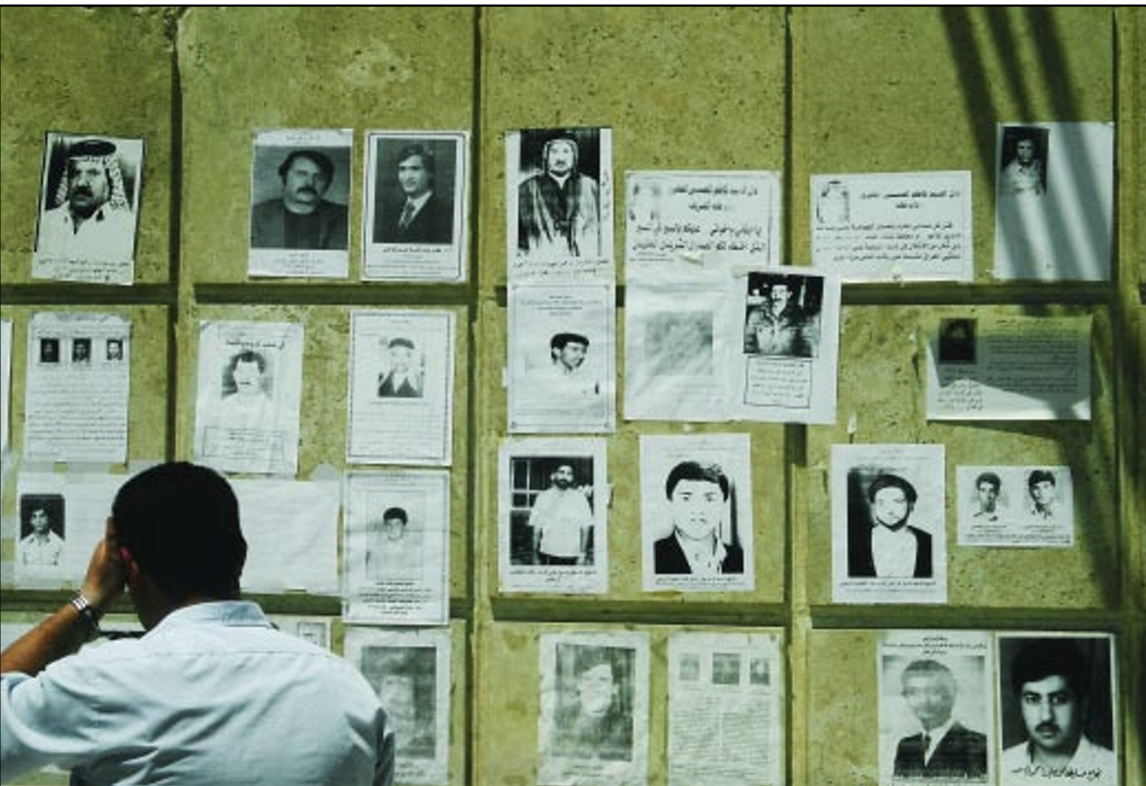Iraq: State of the Evidence
Download PDFSummary
After more than thirty-five years of Ba`thist rule, Saddam Hussein and a number of other former Iraqi government officials responsible for perpetrating the most heinous crimes under international law – crimes against humanity, genocide, and war crimes – are about to be tried for their alleged crimes. This is the moment that Iraqis across the country, as well as many living abroad, have been waiting for and never thought they would see. Witness testimonies are usually the ballast of a prosecutor’s case involving mass murder. But such testimonies hold greatest weight if they are supported by physical and documentary evidence. When trying high-level perpetrators for serious crimes, there are two components: 1) establishing that the crimes occurred, for which witness and forensic evidence are crucial; and 2) linking perpetrators who often were far away from the crime scene with responsibility for the crimes, for which witness testimony, especially from insider witnesses, and documentary evidence, are key. This report provides an in-depth account of what has happened to key archival and forensic evidence since the ouster of Saddam Hussein in April 2003. The study is based on research conducted in Baghdad and the four northern governorates of Kirkuk, Mosul, Arbil, and Sulaimaniyya in February 2004, as well as earlier research conducted between April and June 2003 on mass graves in the governorates of Basra, Diyala, alHilla, al-Diwaniyya (al-Qadissiyya), al-`Anbar, Karbala’, and al-Najaf.

